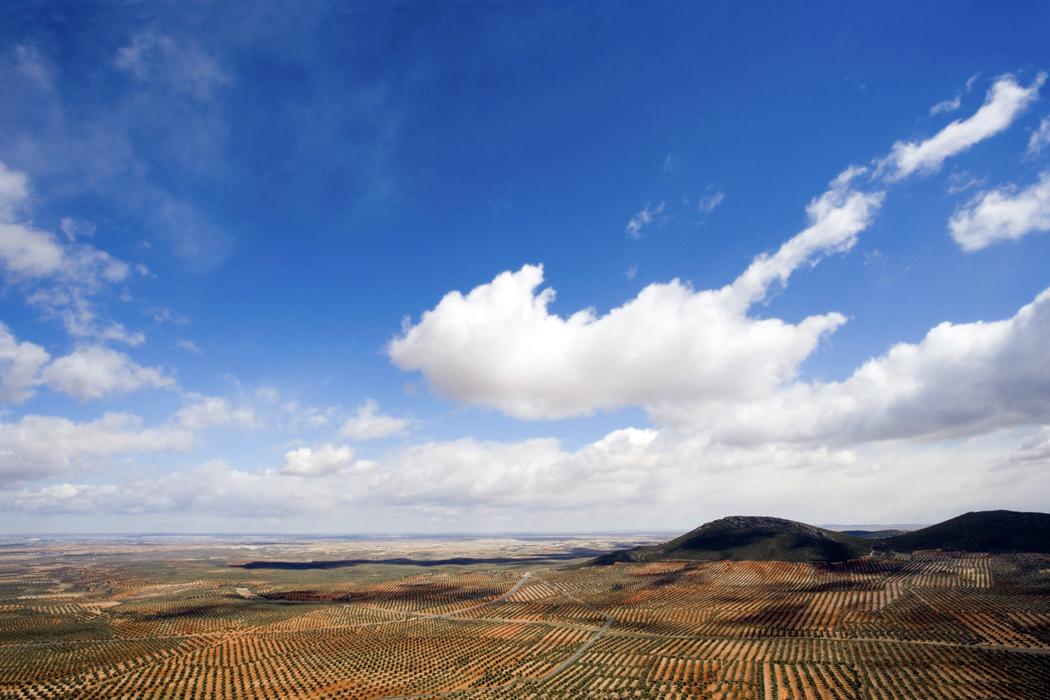Relationships with Other
Organisms
Olive trees can have both good and beneficial relationships and bad and damaging ones with other organisms. The following are just a few of the vast array of relationships.
Let's start with the good. The most obvious relationship is that with the human population. Humans help to spread the organism and give it the nutrients it needs to survive, while the tree provides us with its fruit and the oil that is derived from it. Without this tree and other plants, herbivores, or organisms that consume plants would not be able to survive. If herbivores could not survive neither could the organisms that consume them, the carnivores or 'meat-eaters'.

Another beneficial relationship is one that most other trees also have. This relationship is called mychorrhizae. Mycorrhizae is a relationship between the roots of a plant, in this case the olive tree, and a fungus. The plant gives the fungus carbohydrates like sucrose or glucose. In return, since fungi have the ability to easily absorb water and nutrients in the ground, they provide the plant with phosphate, copper and zinc.
There are also many negative relationships with organisms and the olive tree. Bacteria called Pseudomonas savastanoi causes tumors in the shoots. The fungus Cycloconium oleaginum causes a great deal of damage to the plant and can infect trees for a couple seasons. This fungus causes the disease commonly known as Peacock Spot and grows on the leaves of a plant when there is a lot of rainfall. Eventually this disease will cause the leaves to fall off of the tree. To treat this fungal disease one can use a simple copper fungicide. To learn more about fungus' and how they affect other organisms check out TomVolkFungi.net.

Olive trees can be affected by pests although much fewer than the usual fruit tree. Olive trees are affected by the olive fruit fly, Dacus Olae. This fly lays its eggs under the skin of the olive and the larvae eat the flesh of the olive leaving brown burrows throughout the fruit. Rabbits eat the bark off of olive trees and if the bark is removed from the entire circumference of a portion of the tree it will likely die. Birds are not common nuisances for olive trees because the olive is bitter until it is proccessed.
